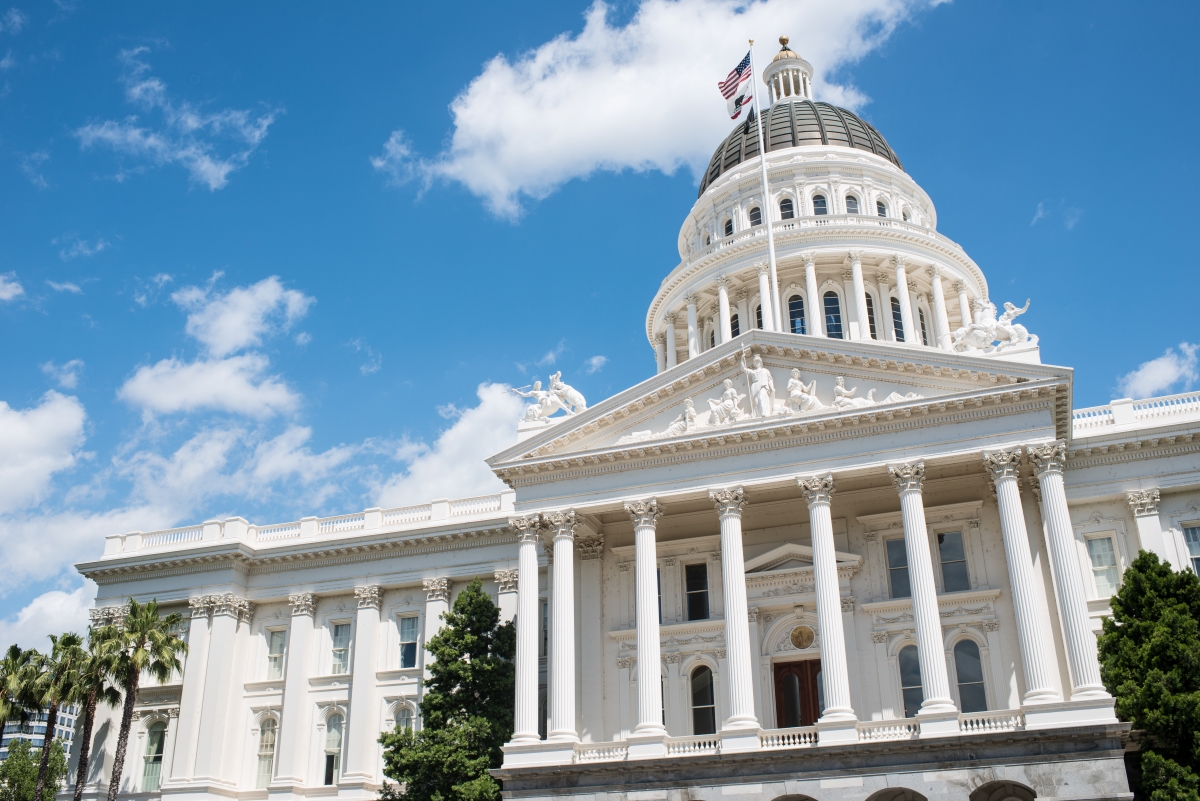By: Steven Harris, Director, Policy Development and Regulatory Compliance, Food Marketing Institute

Believe it or not, but the seemingly decade-long episode of the 2016 elections is coming to an end next week as the nation heads to the ballot box on November 8. Early voting is already under way in several states. While a significant portion of the attention has been focused on which candidate will be sworn into the Oval Office in January, there is a great deal more at stake this election outside of the presidential race. We compiled an FMI Guide to the 2016 Elections to help everyone better understand what is being decided on Election Day. The guide gives an overview of the current political landscape in the Senate and the House in addition to information on some of the closer races.
Republicans currently have majority control of both the Senate and the House, but the results of this year’s election could change that. This year, there are 34 contested Senate seats, 10 of which are currently held by Democrats and 24 that are held by Republican Senators. Based on current polling, Senate control could be in either party’s hands when the new Congress is sworn-in in January, with six seats now classified as “toss ups” according to Real Clear Politics. In addition to having more members for voting purposes, the party in the majority plays a significant role in setting the agenda and schedule for the chamber in addition to control of the committee chairmanships. In the event the Senate party breakdown is 50-50 after Election Day, as the President of the Senate, the U.S. Vice President would break the tie.
In addition to the federal legislative elections, there are a number of state ballot initiatives that are relevant to the food retail industry. If approved by voters, Oregon’s Measure 97 would increase corporate taxes on businesses with annual sales over $25 million. There are also several wage related items on the ballot across several states. Additionally, if you’re still not sure how to vote (logistically or ideologically), FMI’s nonpartisan voting resources page provides helpful information on the candidates, the issues and how to register to vote.
A lot may still change between now and Tuesday (in fact, I would be surprised if it didn’t), but FMI’s guide will hopefully provide a little bit of direction on what has been a dizzying election season. See the FMI Guide to the 2016 Elections at www.fmi.org/GuideTo2016Election.

 Industry Topics address your specific area of expertise with resources, reports, events and more.
Industry Topics address your specific area of expertise with resources, reports, events and more.
 Our Research covers consumer behavior and retail operation benchmarks so you can make informed business decisions.
Our Research covers consumer behavior and retail operation benchmarks so you can make informed business decisions.
 Events and Education including online and in-person help you advance your food retail career.
Events and Education including online and in-person help you advance your food retail career.
 Food Safety training, resources and guidance that help you create a company food safety culture.
Food Safety training, resources and guidance that help you create a company food safety culture.
 Government Affairs work — federal and state — on the latest food industry policy, regulatory and legislative issues.
Government Affairs work — federal and state — on the latest food industry policy, regulatory and legislative issues.
 Get Involved. From industry awards to newsletters and committees, these resources help you take advantage of your membership.
Get Involved. From industry awards to newsletters and committees, these resources help you take advantage of your membership.
 Best practices, guidance documents, infographics, signage and more for the food industry on the COVID-19 pandemic.
Best practices, guidance documents, infographics, signage and more for the food industry on the COVID-19 pandemic.
